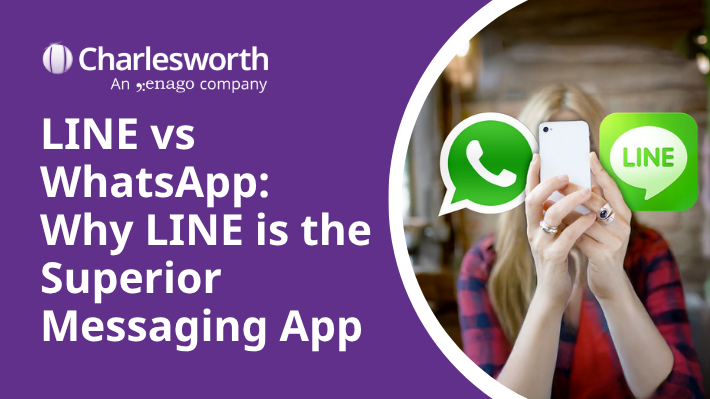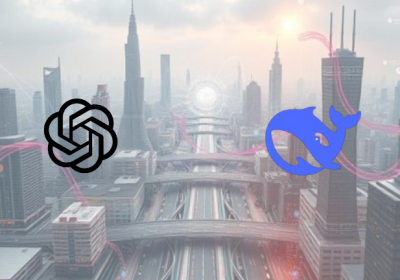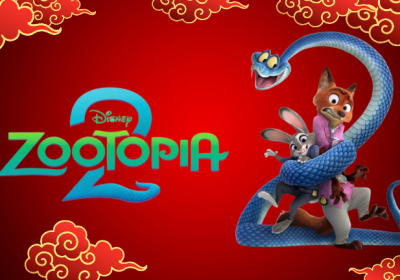LINE vs WhatsApp: Why LINE is the Superior Messaging App for Marketing in Japan

In the ever-evolving digital marketing landscape, messaging apps have become a cornerstone for businesses seeking to connect with customers. Among the various messaging platforms, LINE and WhatsApp stand out as two of the most widely used apps globally. However, when it comes to marketing in regions like Japan and Southeast Asia, LINE has a distinct edge over WhatsApp.
1. Market Penetration in Japan and Southeast Asia
One of the most significant factors in determining the superiority of LINE over WhatsApp is its market dominance in Japan and several Southeast Asian countries. While WhatsApp has a global reach, it is not as widely used in the APAC region, particularly in Japan and Southeast Asia.
LINE in Japan:
- LINE is the most popular messaging app in Japan, with over 80 million active users (approximately 80% of Japan’s population).
- It is an integral part of daily life for Japanese consumers, serving not only as a messaging app but also as a platform for news, shopping, and financial services like LINE Pay.
LINE in Southeast Asia:
- LINE is a key player in Thailand, Taiwan, and Indonesia, boasting more than 150 million active users in Southeast Asia alone.
- In Thailand, for example, LINE holds a dominant position, with over 50 million users, far outpacing WhatsApp’s presence in the region.
In contrast, WhatsApp is more prevalent in India, Latin America, and parts of Europe, but its presence in Japan and Southeast Asia remains relatively low. This gives LINE a significant advantage in these regions when it comes to engaging users through messaging.
2. The All-In-One Platform: More Than Just Messaging
Unlike WhatsApp, which primarily focuses on messaging, LINE is a comprehensive platform that integrates multiple services, offering brands and businesses more tools for interaction and engagement. LINE’s versatility makes it not only a messaging app but a hub for e-commerce, entertainment, payments, and customer service.
Features That Make LINE a Superior Marketing Tool:
- LINE Official Accounts: Brands can create Official Accounts to interact directly with users, send promotional messages, and engage through chatbots. For instance, brands like McDonald’s Japan use LINE to send personalised offers directly to users based on their preferences, boosting customer loyalty and increasing foot traffic.
- LINE Pay: Brands like Uniqlo use LINE Pay to enable seamless transactions directly within the app, allowing consumers to shop while engaging with the brand. This integration of e-commerce with messaging helps brands convert interactions into sales quickly.
- Mini Programs: Many brands, including Samsung, use LINE Mini Programs to provide users with interactive shopping experiences. These mini apps within LINE can be used to book services, browse products, and engage in promotions, offering a seamless brand experience without leaving the app.
- LINE Stickers: Brands have also creatively used LINE stickers as part of their marketing campaigns. For example, Starbucks Japan launched exclusive branded stickers that allowed customers to share their love for the brand, turning these playful images into viral marketing tools.
- LINE Ads: Advertisers can create display ads on LINE, as well as sponsored posts that appear in users’ timelines. Brands like Coca-Cola and Toyota run interactive campaigns on LINE, encouraging users to engage with the brand through contests and promotions.
3. Customer Engagement and Interaction
The ability to engage with customers on a personal level is a key component of successful digital marketing, and LINE offers several features that make this easier than WhatsApp. LINE is not only used for messaging, but it also functions as a platform for deeper customer engagement.
Why LINE Excels in Customer Engagement:
- LINE Chatbots: Brands like L’Oreal have leveraged LINE chatbots to assist with customer inquiries, offer product recommendations, and provide tailored advice. This level of automated yet personal customer service drives engagement and enhances the user experience.
- Live Streaming: LINE also supports live streaming, which allows businesses like Shiseido to interact with their audience in real-time. During a product launch, for example, Shiseido used LINE to answer questions and showcase new items, creating a more personal and immersive shopping experience.
- Customer Feedback: LINE provides a direct line for businesses to gather feedback from consumers via surveys or simple chat interactions. Companies like Panasonic use this feature to receive real-time feedback on product performance or to engage customers for market research.
4. Integration with Other Digital Ecosystems
LINE has a robust integration with various services and third-party platforms that enhance its utility for marketing. These integrations make it easier for businesses to expand their digital marketing efforts and reach customers across multiple channels.
LINE’s Integration Capabilities:
- Third-Party Integration: LINE supports integrations with e-commerce platforms, allowing businesses to sell products directly within the app. For example, Rakuten integrated its e-commerce platform with LINE to allow customers to make purchases directly through the messaging app.
- Data-Driven Marketing: LINE’s access to user data allows businesses to create highly targeted advertising campaigns. By analysing user preferences, brands can deliver personalised marketing messages to drive sales.
WhatsApp, on the other hand, lacks such integrations, especially when it comes to e-commerce and data-driven marketing, limiting its ability to provide the same level of personalised and integrated marketing experiences as LINE.
5. WhatsApp’s Limitations in Japan and Southeast Asia
While WhatsApp is a dominant messaging app globally, it faces several challenges when it comes to marketing in Japan and Southeast Asia. Its adoption is limited in these regions compared to LINE, which has tailored its features to local consumer behaviour and needs.
Challenges for WhatsApp in APAC:
- Limited Presence in Japan: WhatsApp has only a minimal user base in Japan, where LINE is by far the most popular messaging app. This makes WhatsApp less effective as a marketing tool in this market.
- Less Integration with E-Commerce: WhatsApp lacks built-in features like LINE Pay and Mini Programs, which means it’s less integrated with the digital shopping ecosystem in these regions. Consumers in Japan and Southeast Asia are increasingly looking for ways to shop directly through messaging apps, which LINE excels at.
Conclusion
When it comes to marketing in Japan and Southeast Asia, LINE has a clear advantage over WhatsApp due to its local dominance, versatile platform, and unique features designed for engagement, e-commerce, and customer service. From LINE Official Accounts and Mini Programs to LINE Pay and custom stickers, the platform offers businesses numerous ways to connect with consumers and create memorable, impactful marketing campaigns.
For businesses aiming to harness the full potential of LINE marketing, Charlesworth can provide tailored strategies to ensure that your brand successfully navigates the platform and connects with local consumers in Japan and Southeast Asia. With expert knowledge of the region and the platform, Charlesworth can help you implement an effective, data-driven LINE marketing campaign that delivers measurable results.


